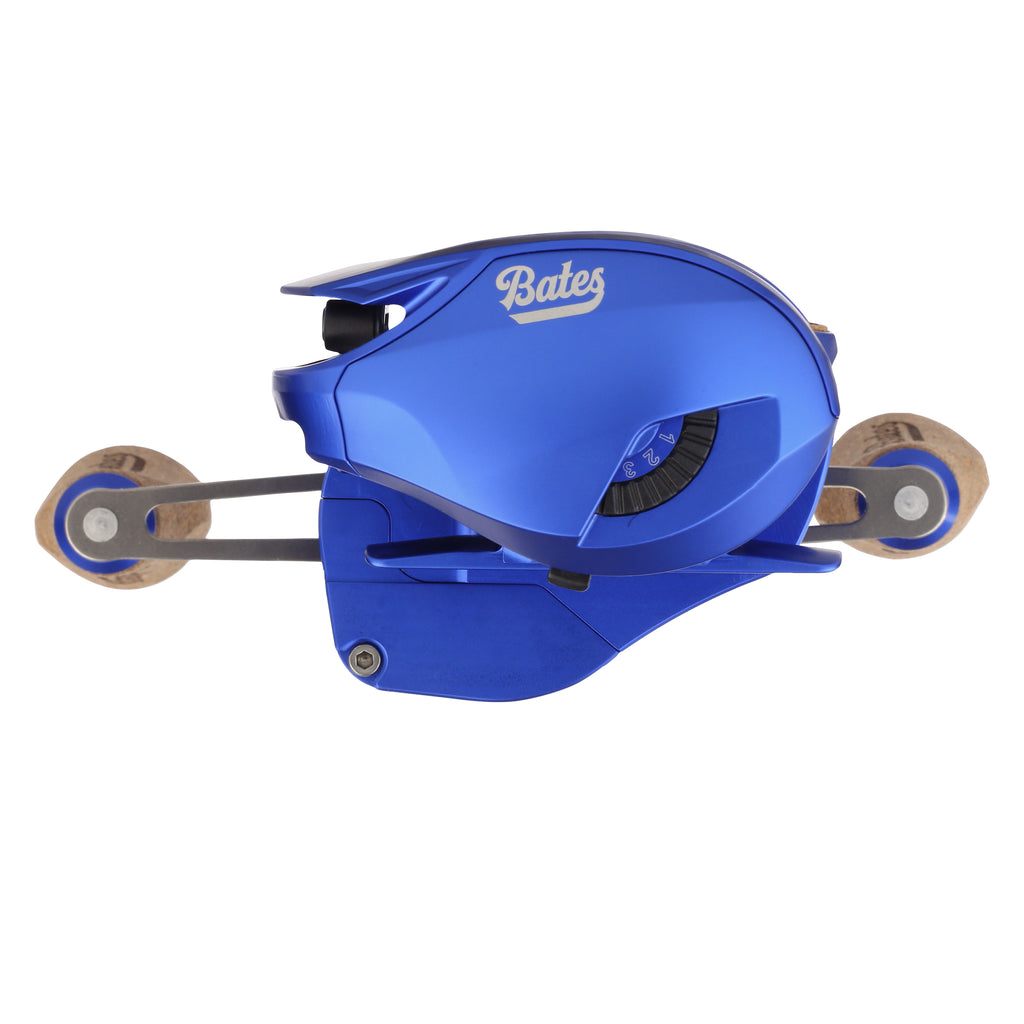So what’s the deal with baitcast reel gear ratios?Maybe you’re new to fishing, or maybe you’ve been in the game for a while and are interested in expanding your arsenal, making that boat deck lined with rods and reels say that you at least LOOK like you know what you’re doing. Listen, we get it! It’s cool to have more gear, and it’s really cool to have gear dialed in to very specific fishing applications. Some might even say it’s necessary. Or is it? Do we really need reels that cover the entire gamut of gear ratios and retrieve rates? I likely won’t answer that question for you in this article, but I will explain the gear ratio game, so to speak, and then let you, the angler, make decisions for yourself. So what is the “gear ratio?” Basically, gear ratio, which is represented by a number sequence (like, 5.1:1 or 8.1:1), refers to the number of times the spool rotates per one, single turn or crank of the handle. So a slower gear ratio might turn your spool 5.1 times for every revolution of the reel handle, while a higher gear ratio turns the spool eight times or more. The end result is that the reel will pick more or less line per revolution depending on how the reel is geared.Let’s say you’re throwing search baits, just trying to cover the maximum amount of water possible, and so you’re making 100’ casts. At a gear ratio of 5:1 you are retrieving line at a rate of roughly 23” per crank, and that will require approximately 52 cranks to get your lure back to the boat. Making a cast at the same distance geared at 9.3:1, you are retrieving 39” per crank and will only require 30 cranks to get your bait in. For the tournament bass fisherman making thousands of casts per day with an above average understanding of what’s happening below the surface of the water, there’s a good case to be made for those higher gear ratios picking up a ton of line at the right times. For the fair weather, weekend warrior fisherman which most of us likely identify as, having baitcasting reels geared really high or really low may not be to our benefit. There’s so much to understanding how line pickup affects depth, and how different retrieve rates affect the action of baits and lures. Details like these and others are why middle of the road gear ratios might serve most anglers best. If you were to search “best gear ratio for crankbait fishing,” or "the best baitcasting reel to throw glide baits,” you’ll see products and recommendations for the 5:1-6:1 family of reels. Bates Fishing Co. definitely has anglers covered who are looking for this type bait caster, and folks should check out our Bates Fishing Abe and Bates Fishing GOAT models that come in a 6.3:1. If your searching for reels to make long casts or help you flip and pitch bass that are close to or in thick cover, higher ratios are what you’re looking for, and the Bates Fishing El Jefe reel is geared 8.1:1 to help you winch pigs in across that grass mat quickly. If what you need is just a dependable, do-it-all ratio to put on any or every rod you own, we have the Bates Fishing GOAT and Bates Fishing Rosa geared in 7.1:1 for your all purpose fishing needs. More important than any particular gear ratio is learning to fish confidently with the reels you have. Speeding up and slowing down your retrieve, and learning when and where fish are most likely to bite are as big a part of the equation as the number of inches your reel is picking up per turn. The right gears won’t make you a better fisherman, but if you think they will, then I’ve got some ocean front property in Arizona to sell you as well as an entire lineup of the best baitcasting reels on the market with Bates Fishing Co.


